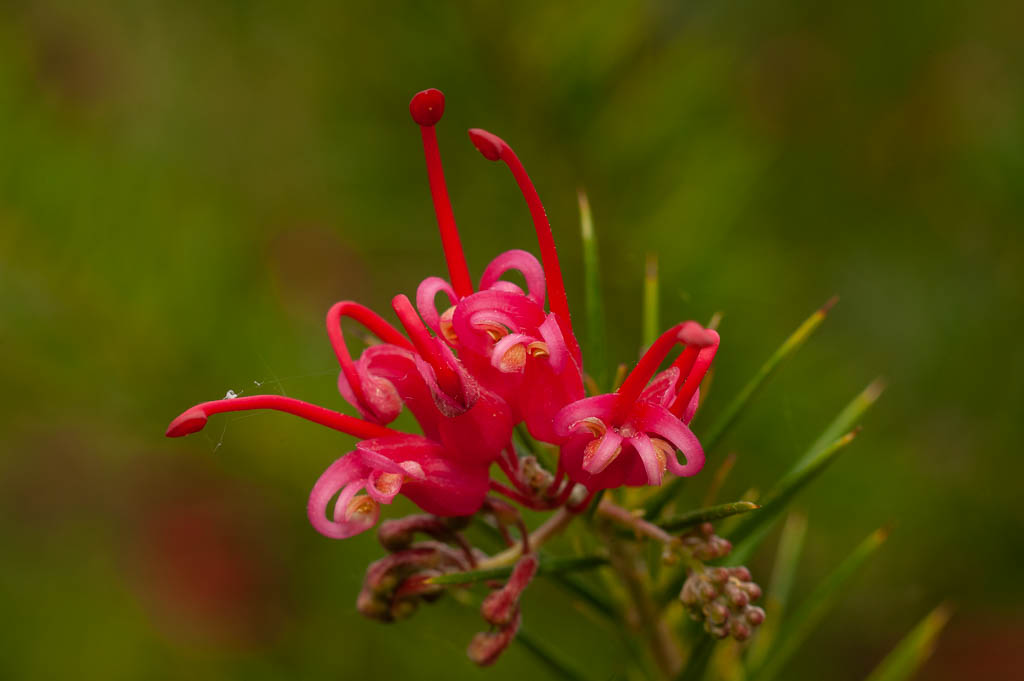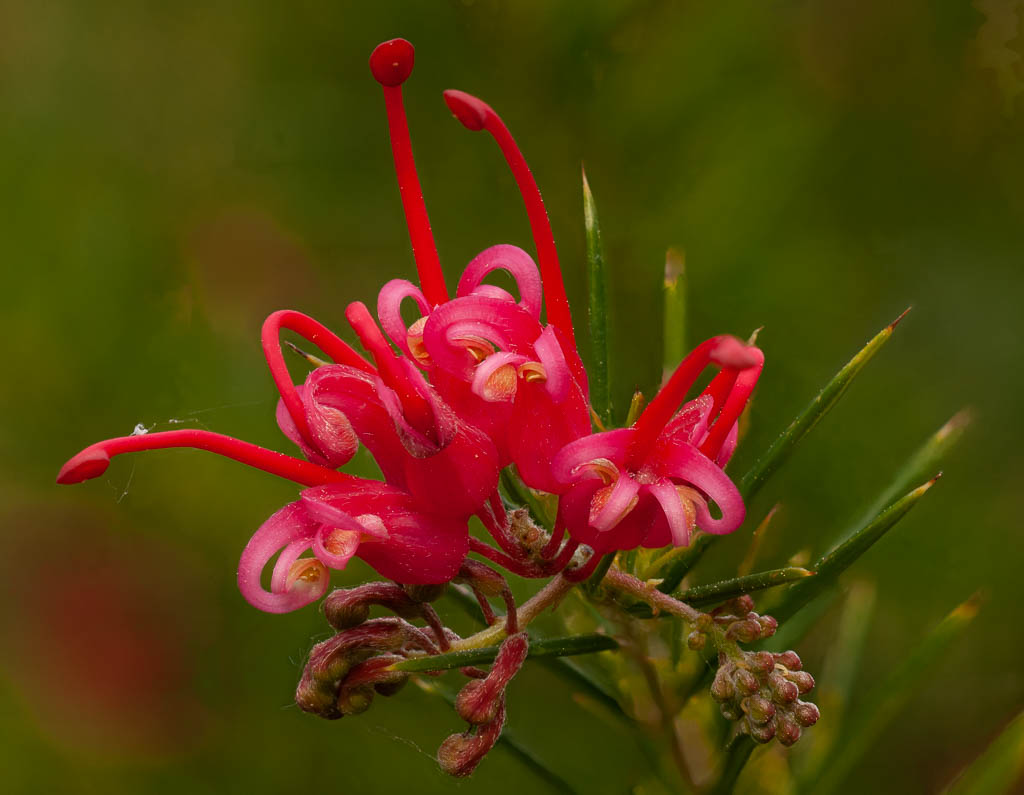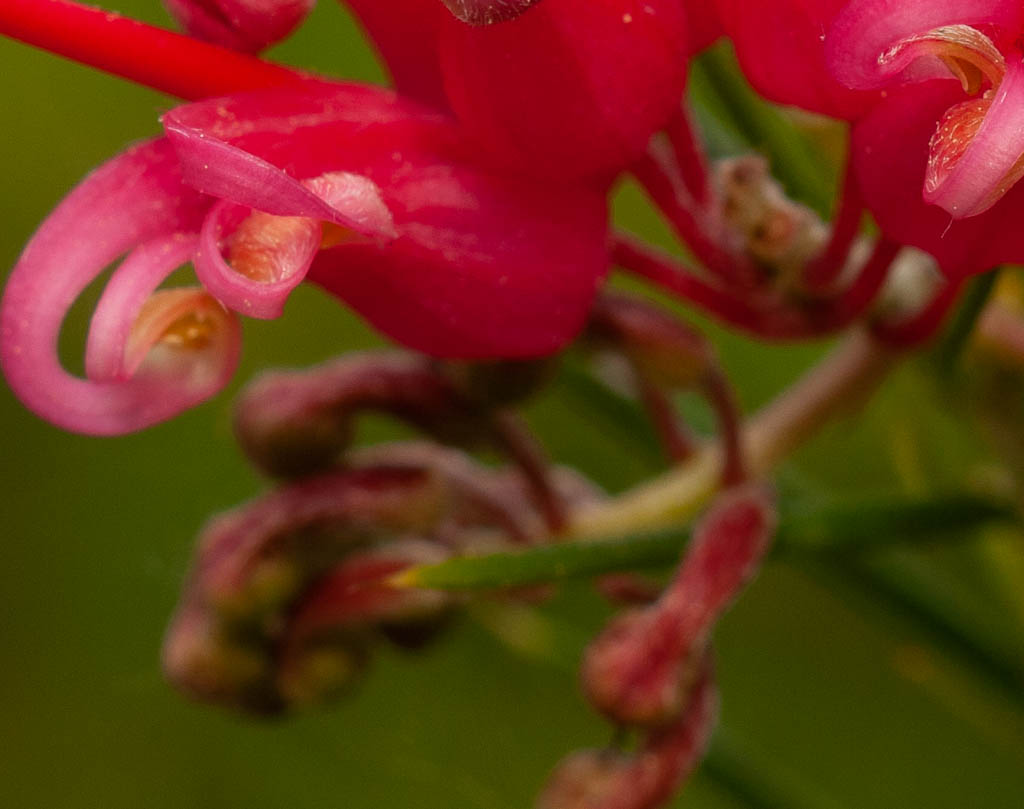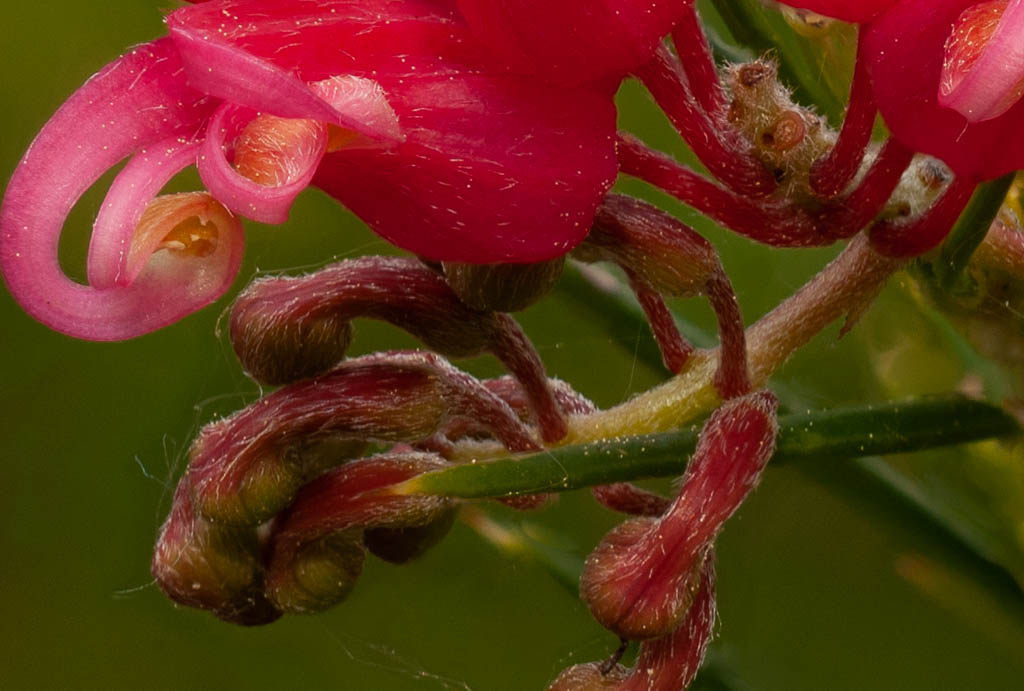| Joined: | Mon Apr 2nd, 2012 |
| Location: | South Lakeland, UK |
| Posts: | 4066 |
| Status: |
Offline
|
Focus stacking has always fascinated me, a trick to overcome the limitations of depth of focus at close range.
During my last visit to Ness Gardens I took several sets of images with manually stacked focus, achieved by turning the focus ring with the camera in a fixed position on a heavy tripod.
Other methods include moving the camera/ lens assembly back and forth on a manual or even a digitally controlled slide, to take 'slices of sharpness' from the subject or fixing the entrance pupil and moving the camera to focus, which is probably most correct because the parallax is least unchanged but is exceeding awkward to achieve and only works with simple lenses which don't have Close range Correction (CRC) which shortens the focal length slightly as the lens is focused closer.
I used the D3 and Nikkor 105mm f/4.0 lens at f11 with 1/100 sec at ISO400. Next time I think I will use a larger aperture and higher ISO to raise the shutter speed. This was only a short stack of five exposures, sometimes stacks can contain hundreds of exposures taken at micron intervals.
This was the closest exposure.

This is the finished, stacked photo, stacked in Helicon Focus.

Then a pair of before and after crops at close to 100% ie. one sensor pixel to one screen pixel.
The closest:

And the stacked image.

I tried using Photoshop to stack the images but it just crashed every time, so I tried Helicon Focus and it worked perfectly and very quickly so I am very impressed.
____________________
Robert.